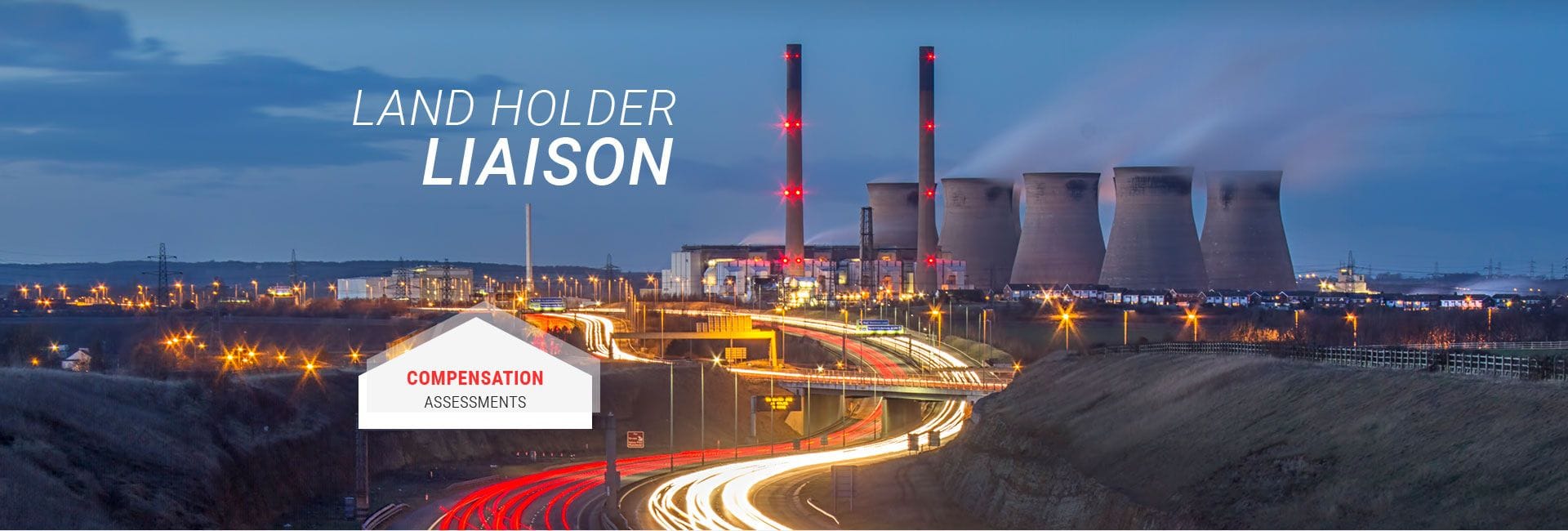Source: The Australian
QUEENSLAND'S booming gas sector, with $70 billion in projects being constructed, towers over NSW's struggling industry, drilling more than 22 times the number of gas wells and employing almost 100 per cent of the industry's workforce.
Figures to be released by the Australian Petroleum Production and Exploration Association today indicate that natural gas development is underpinning Queensland's economy while the picture is more stark in NSW, which has put the brakes on its coal-seam gas sector. In Queensland, where $70bn worth of coal-seam gas/liquefied natural gas projects are being developed, landholders have signed more than 4500 land access agreements with gas companies since 2011.
APPEA chief operating officer, eastern Australia, Paul Fennelly, said landholders in Queensland had been signing agreements at a rate of 2.8 a day over the past year and there had been no formal land access disputes. "Queensland has set a benchmark other eastern Australian states must match if they are to address supply shortfalls by safely exploring and producing local natural gas resources," he said. "NSW in particular should be looking and learning from the Queensland experience."
Santos and AGL both signed a pledge to NSW farming groups late last month not to enter land for CSG drilling if the landholder does not want them to. The move was an attempt to cool the heated debate on the NSW industry, which has been the target of vocal opposition and seen the state government halt the advancement of the sector.
It is understood the NSW government pushed hard to get Santos and AGL to make the public commitment, despite both companies already having internal policies to that effect.
In NSW, CSG operators were banned from large areas last year and the government recently announced a six-month moratorium on new CSG exploration licences.
The NSW Liberal government is yet to issue a CSG exploration licence in its first term, while the former Labor government had granted 39.
While the issue polarises views in NSW, it has a long history in Queensland and the industry data, to the end of 2013, shows the startling difference between the two states.
The statistics reveal that Queensland is drilling 3.5 gas wells a day, whereas NSW went backwards by remediating 11 wells in 2013. Queensland drills the entire NSW number in two months.
On land access agreements, a contentious issue in NSW, Queensland recorded 4516 signed agreements to the end of 2013.
"We recognise negotiating such agreements can be a daunting experience for landholders but communicating early and often can lead to compromise and mutually beneficial arrangements between gas companies and landholders," Mr Fennelly said.
The data also highlights that at end of 2013, 40,841 people were working on CSG projects, 99.4 per cent on Queensland projects and only 0.6 per cent in NSW. While the employment numbers are still high in Queensland, the number of direct jobs has dropped from 7068 to 6821.
Mr Fennelly said while the industry remained a significant employer in Queensland it was expected there would be a tapering off in jobs as projects moved from construction to operation. "There remains enormous potential to attract further resource investment in exploration and production."



